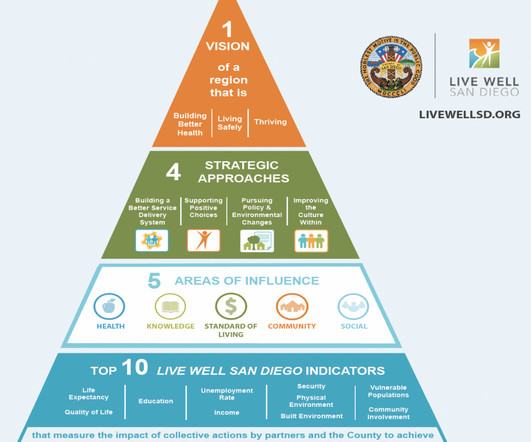ACO Reporting- A Patient-Centered Approach
p3care
MAY 31, 2024
An ACO (Accountable Care Organization) works for the better care of patients. Consider it as a group that combines hospitals, doctors, and other healthcare specialists for the sake of providing healthcare and is a team in care decisions. So that they can focus on the quality of care by constant monitoring.
























Let's personalize your content